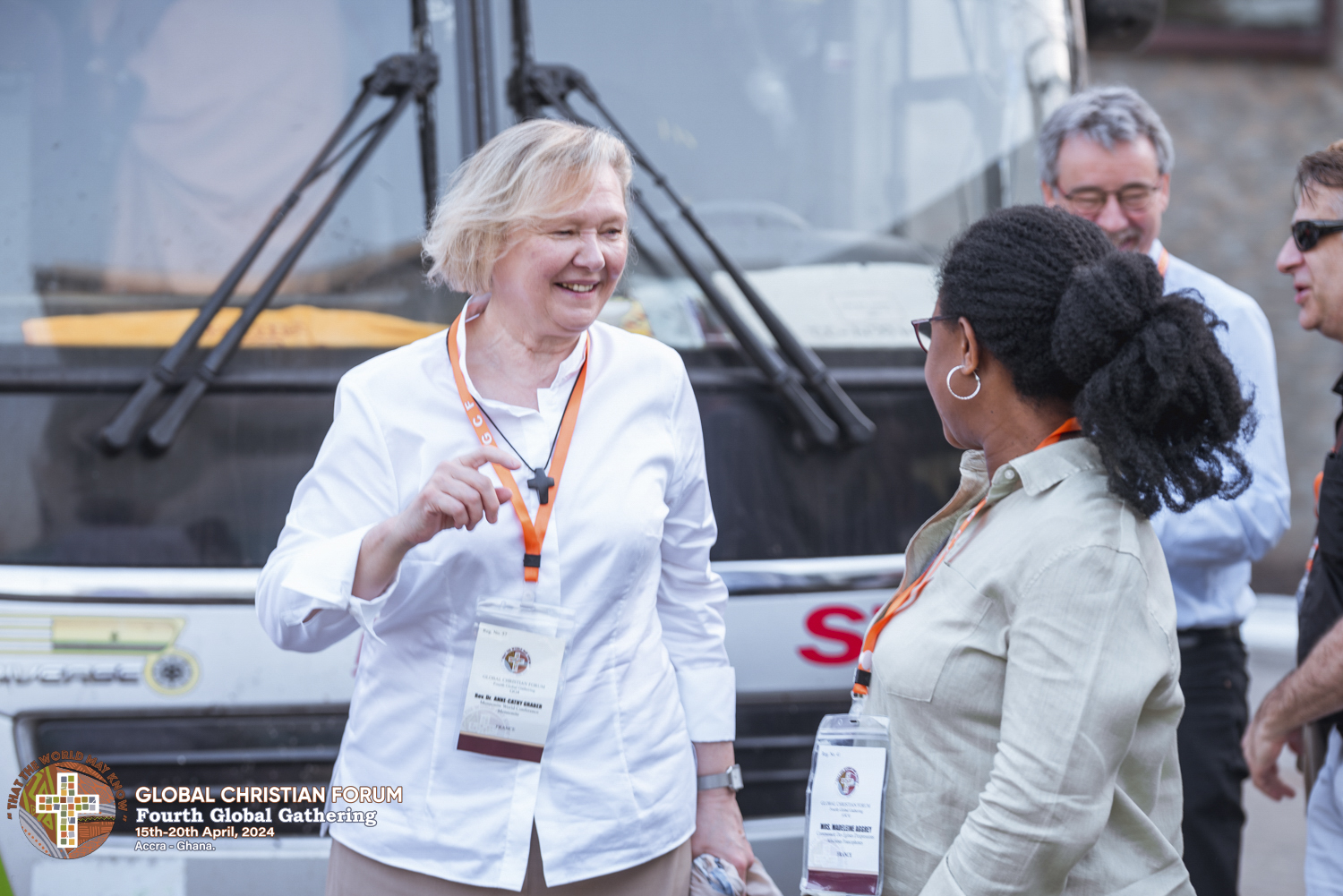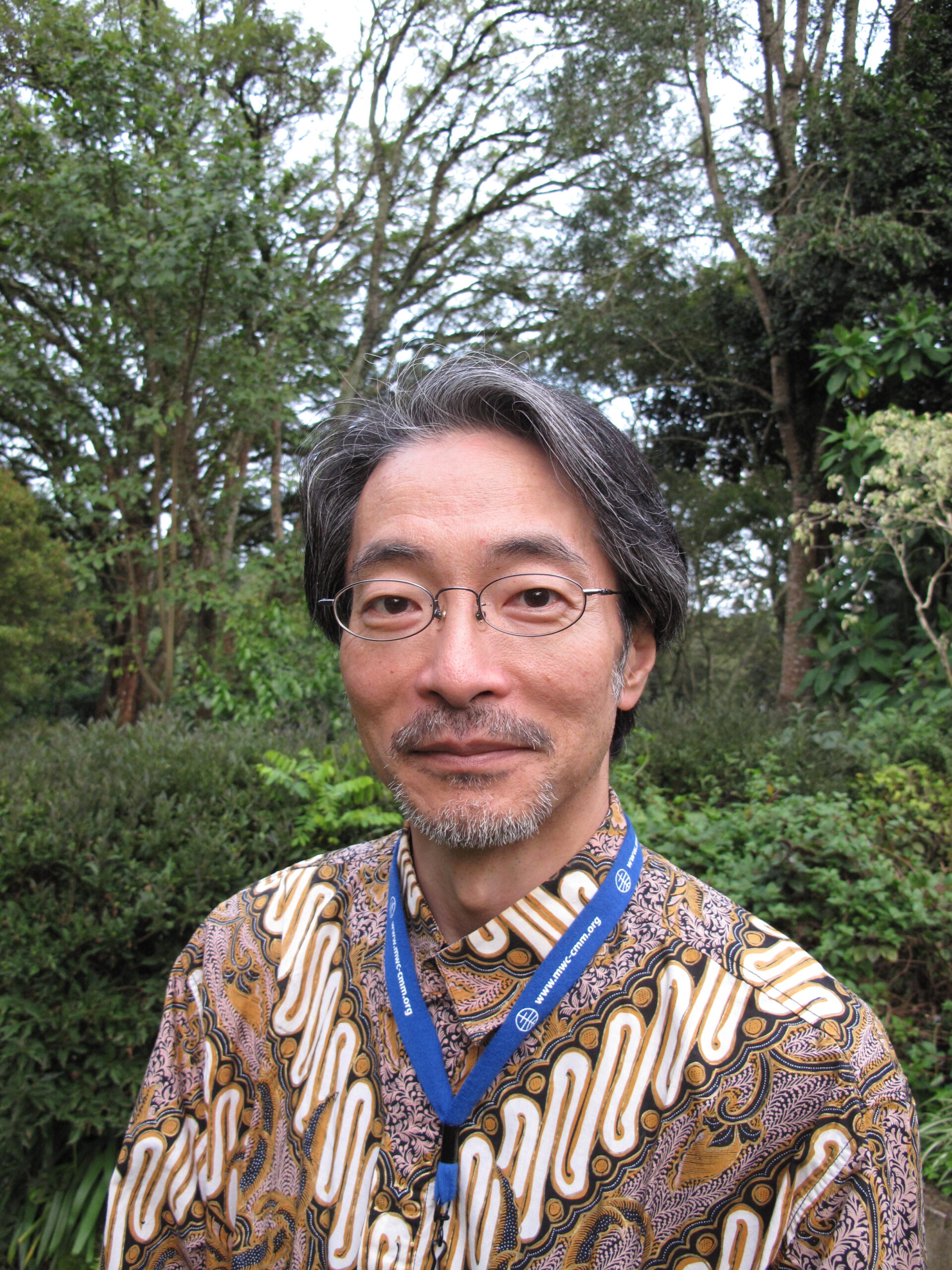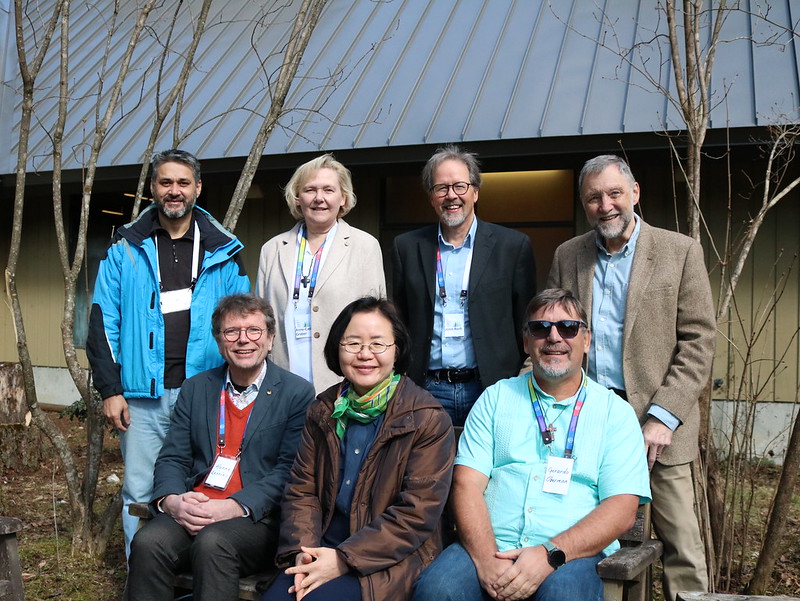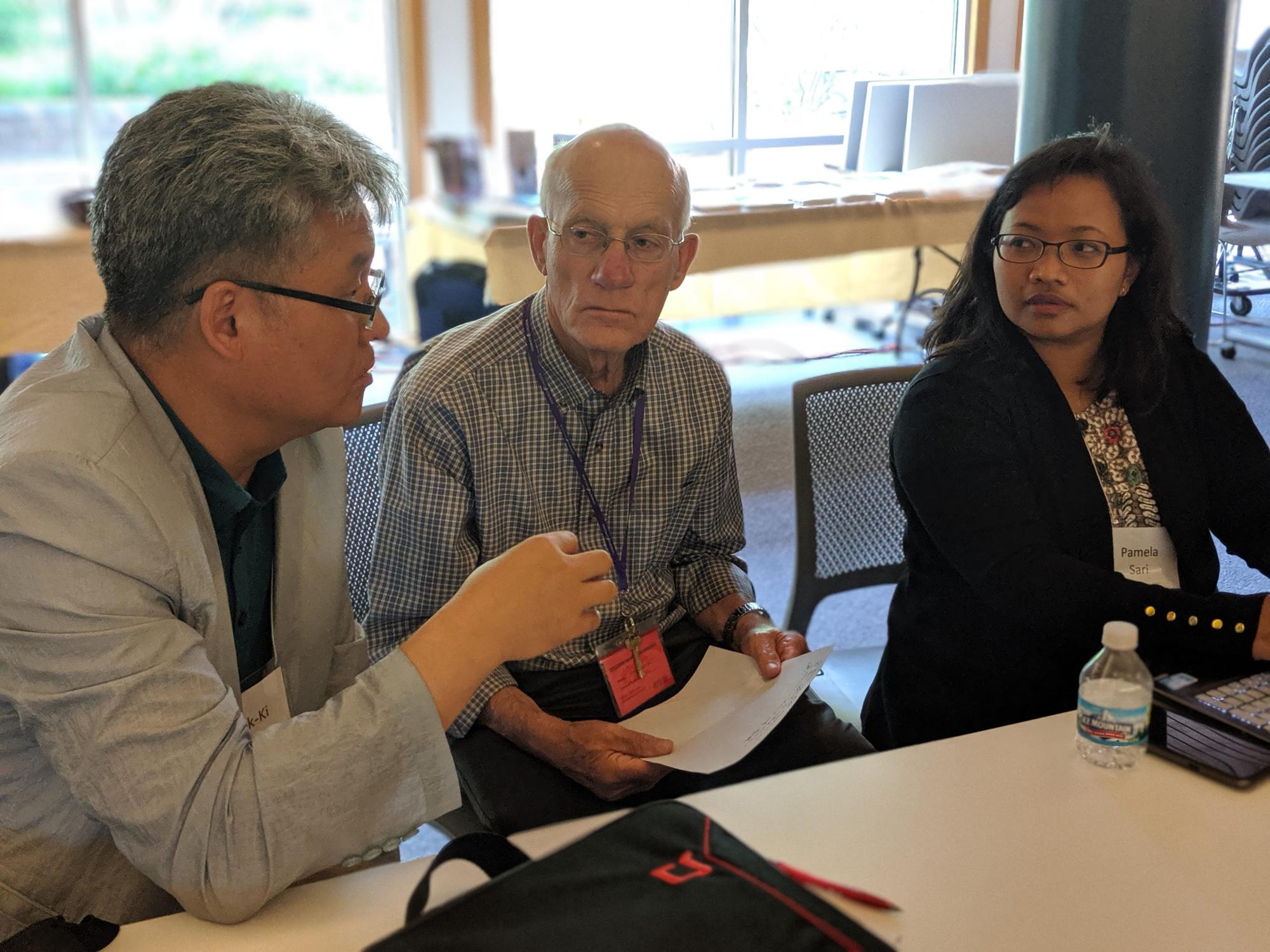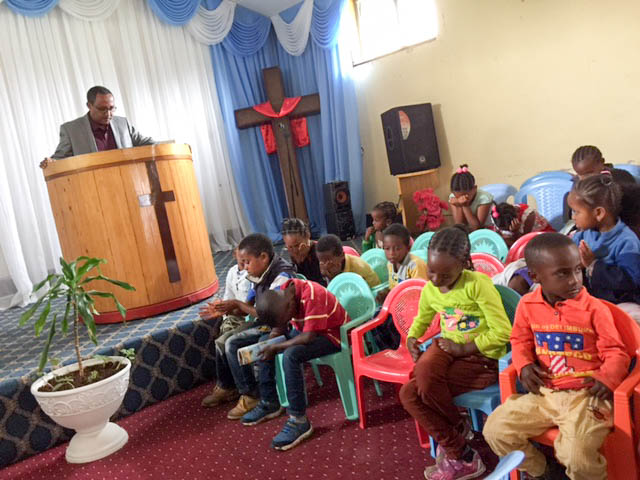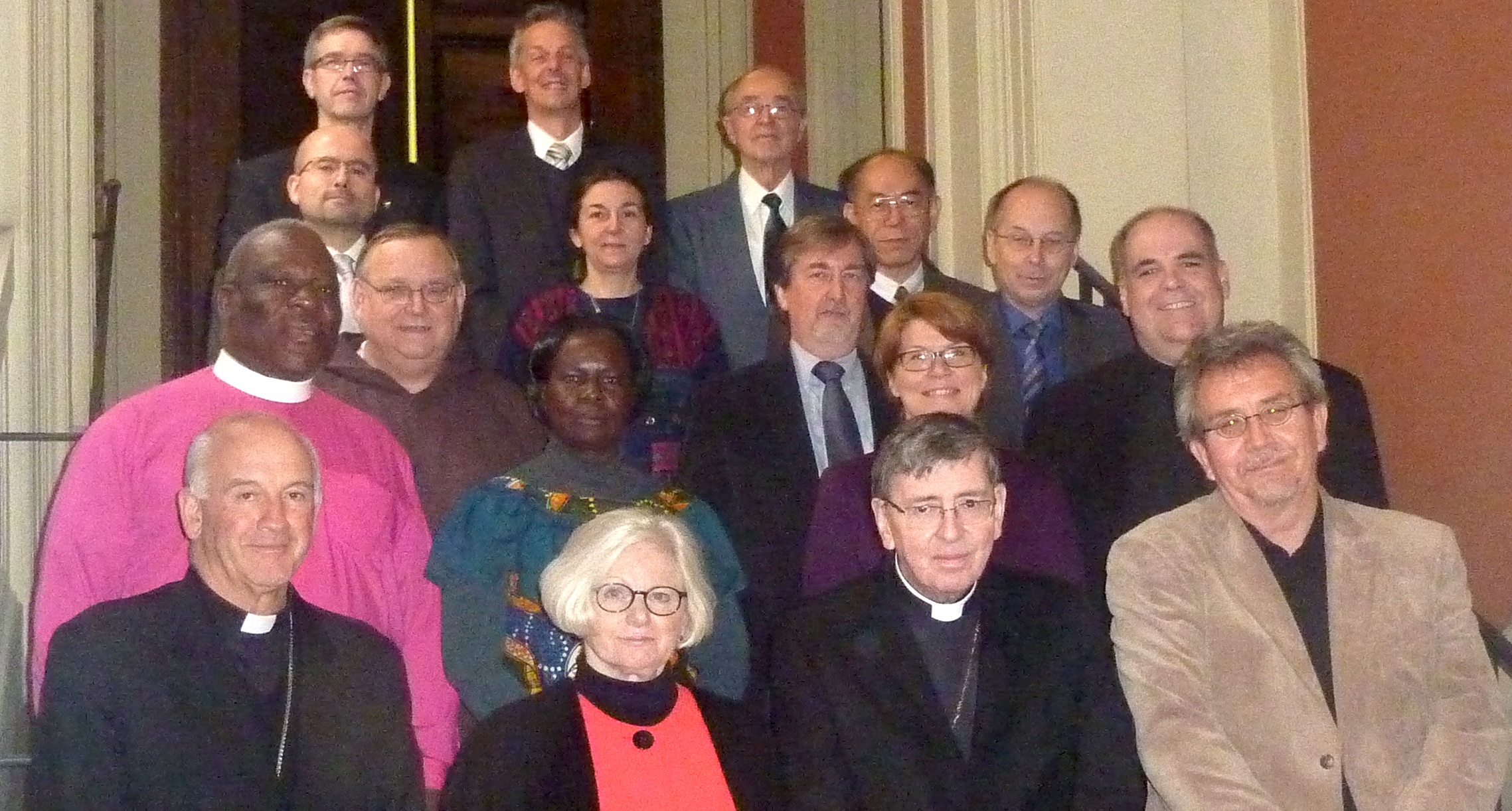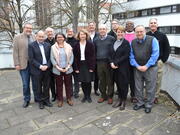-
God so loved the cosmos…
The environmental crisis and our mandate to care for creation A word of encouragement from the MWC Faith & Life Commission and the Creation Care Task Force. Part 1 of 2 “Creation care” is taking on ever-increasing urgency. The news reminds us daily of alarming changes in our climate. As the Creation Care Task Force’s…
-
Global gathering mourns, repents and reconciles
The rain came with a cool breeze, driving humid heat out the open church windows. So began “That the World May Know” (John 17:23), the fourth Global Gathering of the Global Christian Forum (GCF) in Accra, Ghana. The gathering 16-19 April 2024 marked the 25th anniversary of the Global Christian Forum. This is unique space…
-
“Remember your baptism”
Could Anabaptist-Mennonites practice “remembering our baptism” as a tool for lifelong discipleship? Although they often baptize infants, both Catholics and Lutherans call upon the believer – sometimes every year – to “remember your baptism” into a life of discipleship. Former MWC general secretary Larry Miller learned this through the five-year process of trilateral dialogues between…
-
A witness to the gospel together
One city, one decade, two movements, 500 years. Today, representatives of Mennonite World Conference (MWC) have embarked on dialogues with representatives of the World Communion of Reformed Churches (WCRC), a movement that also arose in Zurich in the 1500s. Four MWC representatives and three WCRC representatives began dialogues at Camp Squeah, B.C., Canada, for several…
-
Alfred Neufeld
23 July 1955–24 June 2020 Mennonite World Conference (MWC) lost Alfred Neufeld Friesen, a prolific author, theologian, historian and teacher who shaped Anabaptist theology globally. He died 24 June 2020 in Muenster, Germany, after treatment for liver cancer and kidney problems. “Alfred Neufeld had a zest for life, friendship, and for our global…
-
Preserve church documents, say church historians
“The global church works best when all her parts are engaged in sharing their stories,” said Patrick Obonde, director of missions at the Anabaptist Leadership Education Centre in Kenya. On 17–19 June 2019, historians, pastors and archivists did just that at “Power and Preservation: Enabling Access to the Sources Behind Our Stories,” at Goshen College,…
-
MWC books: a global conversation
“Although each congregation has its own history and social and cultural background, it is common to experience the same sorts of conflicts, troubles, and situations,” says Ellul Yongha Bae, a Mennonite church leader and publisher in South Korea. “MWC Communications is very helpful to show that as Mennonite churches, we have raised similar questions and…
-
Transformed by the Holy Spirit to be witnesses of Jesus Christ
Like the chambers of a heart, the four MWC commissions serve the global community of Anabaptist-related churches, in the areas of deacons, faith and life, peace, mission. Commissions prepare materials for consideration by the General Council, give guidance and propose resources to member churches, and facilitate MWC-related networks or fellowships working together on matters of…
-
Catholic, Lutheran, Mennonite, Trilateral Dialogue Commission on Baptism
Third meeting of the Catholic, Lutheran and Mennonite Trilateral Dialogue Commission on baptism Elspeet, Netherlands – Representatives of the Catholic Church (Pontifical Council for Promoting Christian Unity), the Lutheran World Federation, and Mennonite World Conference met in Elspeet, the Netherlands, 9–13 February 2015, for the third meeting of the Trilateral Dialogue Commission on Baptism. The…
-
Dialogues on baptism close with learning and prayer
The commission discussed and developed its final report, entitled “Baptism and Incorporation into the Body of Christ, the Church,” drafted by professors Theo Dieter (Lutheran, France), William Henn (Catholic, US/Vatican) and John Rempel (Mennonite, Canada). The trilateral commission agreed on a further process to finalize the report, which summarizes the rich discussions that have taken…

